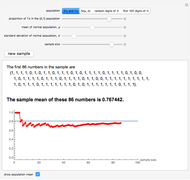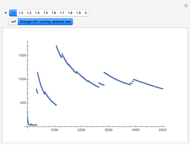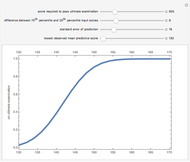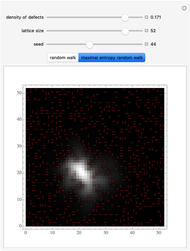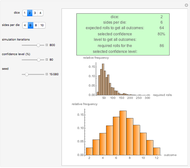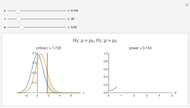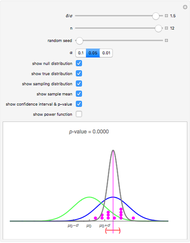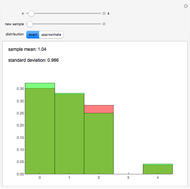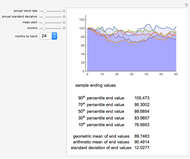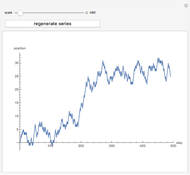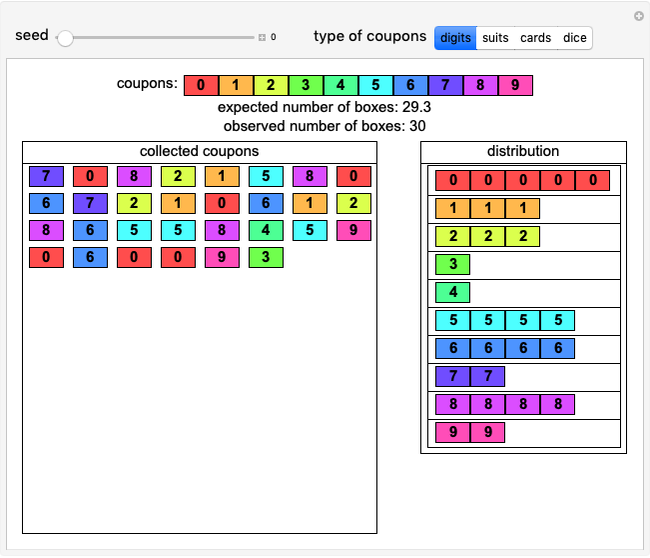Randomness Test in Coupon Collecting

Requires a Wolfram Notebook System
Interact on desktop, mobile and cloud with the free Wolfram Player or other Wolfram Language products.
This is the coupon collector problem: suppose each package contains a coupon and that there are a certain number of different kinds of coupons. How many packages do you expect to have to open in order to form a complete collection?
[more]
Contributed by: Tianli Li (May 2019)
Based on an undergraduate research project at the Illinois Geometry Lab by Raymond Harpster, Tianli Li and Yikai Teng and directed by A. J. Hildebrand.
Open content licensed under CC BY-NC-SA
Snapshots
Details
The expected waiting time in the coupon collector problem is given by  , where
, where  is the number of coupons. For
is the number of coupons. For  , this is
, this is  . The theoretical distribution of these waiting times, the probabilities
. The theoretical distribution of these waiting times, the probabilities  , where
, where  is the waiting time, is known and can be explicitly calculated as a finite sum.
is the waiting time, is known and can be explicitly calculated as a finite sum.
To compare the distribution of the theoretical and observed waiting times, apply the chi-squared test with five degrees of freedom after combining the observed waiting time counts into bins [10–19], [20–23], [24–27], [28–32], [33–39], [40–60]. The bins have been chosen to ensure approximately equal distribution of the waiting times.
References
[1] B. Dawkins, "Siobhan's Problem: The Coupon Collector Revisited," The American Statistician, 45(1), 1991 pp. 76–82. doi:10.1080/00031305.1991.10475772.
[2] R. E. Greenwood, "Coupon Collector’s Test for Random Digits," Mathematical Tables and Other Aids to Computation, 9(49), 1955 pp. 1–5. doi:10.2307/2002211.
Permanent Citation









